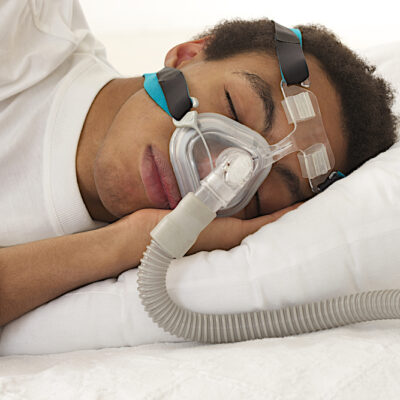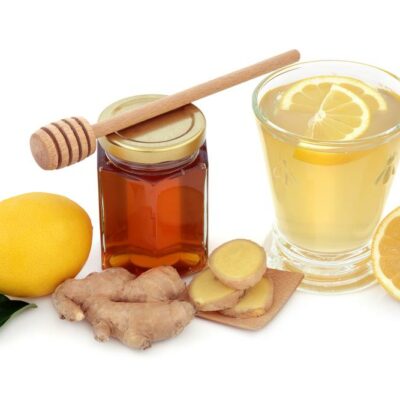
Health
How Probiotic Supplements Benefit Health
Probiotics are living microbes that are taken through food supplements. A healthy gut naturally houses a plethora of bacteria that functions to balance overall health and digestion. There is a wide range of health benefits associated with the bacteria of the gut. However, these bacteria may get depleted due to several reasons. Probiotics are taken in sufficient amount to restore the balance between the bad and good bacteria in the gut. Here are the benefits of these food supplements: 1. Maintain a healthy weight Including probiotics in diet can help to lose weight. The loss of weight can be triggered by several pathways. One of the important pathways is that it prevents fats accumulation and absorption in the body. Rather, the fats are excreted. Thus, through increasing the level of GLP-1 hormone, the dietary fats are less stored and burnt as calories. 2. Trigger the immune response The gut microbes that are friendly are promoted while the bad bacteria are eliminated. This is done by triggering the immune cells like the Natural killer, IgA producer, and the T cells. Lactobacillus crispatus can curb the UTIs. Reports also reveal that Lactobacillus GG is effective to reduce the severity of the respiratory disease.
Read More 















